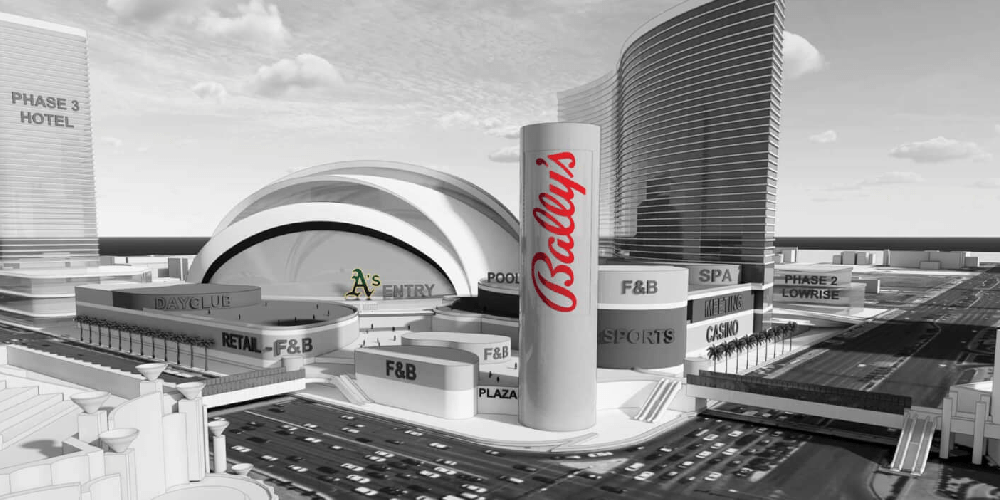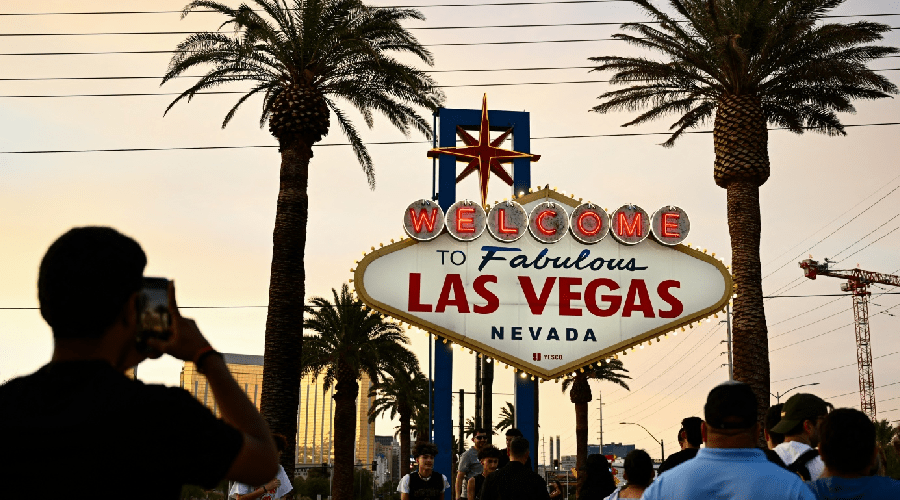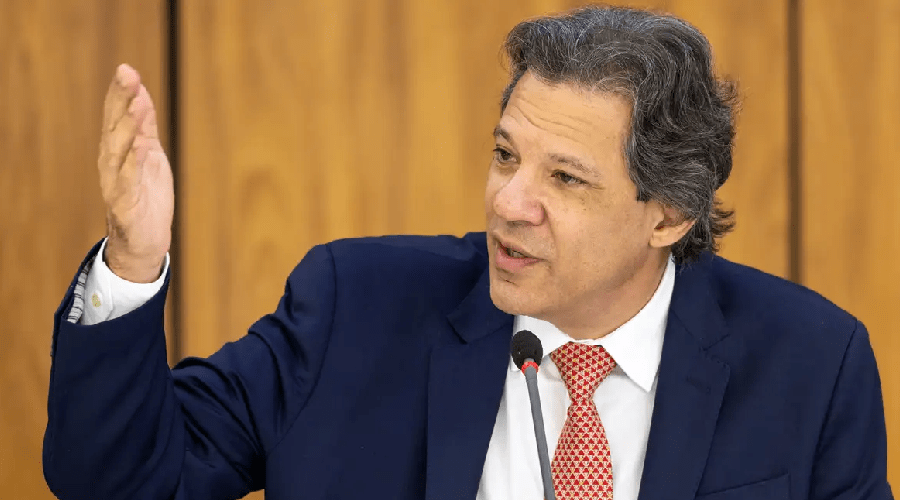Bally’s has officially announced its intentions to launch the initial phase of its new property in Las Vegas, coinciding with the development of the A’s ballpark.

Bally's Corp chairman Soo Kim has officially revealed that the company is in the process of developing its new Las Vegas property, with plans to launch the first phase in alignment with the completion of the Oakland Athletics' new stadium located on the same site, following months of speculation and secrecy.
In remarks to the Las Vegas Review-Journal released on Tuesday (22 October), Kim stated that Bally’s is “working pretty hard” to finalise plans to “at least build Phase 1 and open concurrently with the ballpark”. The A’s new stadium, which will cost $1.5 billion (£1.15 billion/€1.39 billion) and accommodate 33,000 fans, is scheduled to debut in the spring of 2028.
The stadium will take up nine of the site’s 35 total acres. Bally’s plans to develop its property on the remaining land in a series of three phases. The commencement of construction for both projects is now set in motion following the implosion of the Tropicana Las Vegas on October 9.
Gaming and Leisure Properties (GLPI) possesses the land and had been leasing it to Bally’s prior to the collapse. GLPI has committed to providing $175 million in funding for the Las Vegas location to support developments that are advantageous for all parties involved. Bally’s has formed a partnership with GLPI to secure funding for its casino in Chicago. The possibility of the two parties reaching a comparable agreement in Las Vegas remains uncertain.
At the beginning of this month, Bally’s, GLPI, and the A’s provided updated documents to the officials in Clark County. However, stakeholders have promptly warned that these are not official representations. Instead, they served as “a representation” of what the site could potentially look like once fully developed, as stated by Kim.
The initial phase will feature a casino, a hotel tower, and a selection of amenities.
Kim informed the Review-Journal that while plans are not yet finalised, the initial phase appears to be relatively simple.
“Phase 1 encompasses a casino along with various dining options and a hotel tower.” “At least some level,” he stated. “In the future, we can expect an increase in guest amenities and additional rooms.”
Proposals presented to the county outline a gaming facility featuring 90,000 square feet, including 1,500 slot machines, 75 gaming tables, a sportsbook, and a dedicated poker room. The construction of hotel towers will occur in three distinct phases, culminating in a total of 3,000 rooms. That would represent approximately double the quantity of the previous Tropicana.
The A’s are set to kick off construction on the stadium this coming spring. The project must be fully completed by the 2028 MLB season, whereas Bally’s only needs to finish one part to match the timeline.
“We have a little bit more time than they do,” Kim told the Review-Journal. “This [initial phase of the resort] could take about two years. It seems likely that the timeframe is more aligned with two years rather than three. While they are advancing with their initiatives, we remain in the planning stages. I think everything is moving in the right direction.”
Bally’s and Kim are experiencing a bustling period.
This recent announcement positions Bally’s as arguably the most dynamic casino operator in the United States. The company has made significant strides with plans for a multibillion-dollar casino in Chicago, a proposal for a casino licence in the Bronx, an initiative for a new casino in Missouri, and an ambitious project in Las Vegas.
On July 25, Kim’s hedge fund Standard General acquired the company for $18.25 per share. Bally’s has officially joined forces with Queen Casino & Entertainment, a regional operator that is also under the ownership of the fund.
The price significantly deviated from Standard’s earlier proposal of $38 per share made in January 2022. This illustrates the extent to which Bally’s operations became leveraged over the years; however, the buyout and GLPI agreement have served as stabilising influences.














